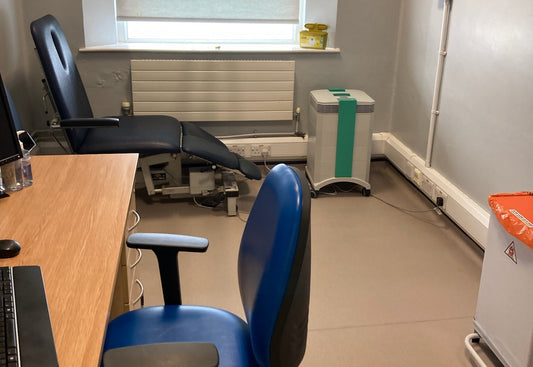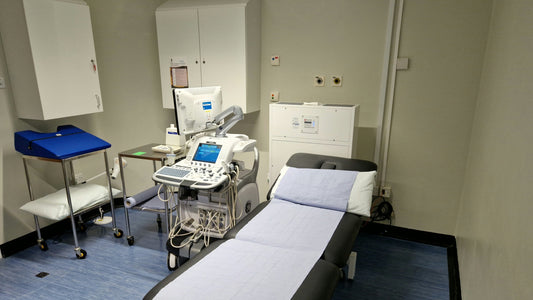There have long been complaints from airline staff about ill health caused by cabin air pollution. But according to the Department of Transport, cabin air quality is usually better than the air quality in most offices which often cause Sick Building Syndrome. A study by the Governments Committee on Toxicity was inconclusive on a link between cabin air quality and pilot health. Since, unless you are a very frequent flyer, the pilot's exposure to cabin air pollution would far outweigh that of the passenger, maybe this is reassuring. There have certainly been very few formal passenger complaints on the impact of cabin air pollution on health – just 244 out of 48,000 complaints in the last ten years, according to the Air Transport Users Council.
In a modern aircraft, cabin air comes from the environmental control system which controls the pressure and temperature in the cabin and maintains air quality by filtering out certain particles and gases and odours in the air. The air itself is 50% air from outside, drawn in through the engine, and 50% filtered recirculated air. There is a cabin air particulate filter in the recirculation loop which may (or may not) be a HEPA filter. If it is the latter, rest assured that there should be a very high standard of particulate removal and control of microorganisms in the recirculated portion of the cabin air (assuming the filter is well maintained). The most likely source of cabin air pollution is, therefore, the outside air, which is not usually filtered. There could be Volatile Organic Compounds (VOC), some of which cause odours, and particles in this component of cabin air.
You might feel happier if all the air in the cabin was filtered. But first, we need to know which pollutants need to be filtered out, so the right air purifier can be selected. And it turns out there has long been a gap in our knowledge about the extent of cabin air pollution. There are occasional odour incidents (known as 'fume events') when pilots and passengers become aware of a bad smell. However, such events may not be harmful and they are estimated to occur in only one in 2000 flights (0.05%). In 2010, 207 such incidents were reported out of 1.18 million passenger and cargo flight (a much lower rate than the estimate – 0.018%).
To see whether further action is needed on cabin air quality, the Government commissioned a study on cabin air quality from Cranfield University which released its report in 2011. The study monitored 100 flights in five different aircraft types (Boeing 757, Airbus 319, 320 and 321 and the BAe 146 ). A series of air samples were taken at defined points on all flights, and all flight crew, cabin crew and researchers were also requested to complete a post-flight questionnaire including questions about any fumes or smells that occurred during the flight. The study's objective was to analyse cabin air for Volatile Organic Compounds, semi-Volatile Organic Compounds, particles and carbon monoxide in normal operations during all phases of flight (climb, cruise, descent), and to detect and characterise any increases of these components during any 'fume events'.
The study concluded that there was no evidence for target pollutants occurring in the cabin air at levels exceeding available health and safety standards and guidelines. Moreover, levels observed were comparable to those typically experienced in domestic settings. The European standard 'Aircraft internal air quality standards, criteria and determination methods' sets safety, health and comfort limits for a number of substances, including two that were measured in the study – carbon monoxide and toluene. The study's results indicate that concentrations of both of these pollutants remained within these limits. In the absence of specific cabin air standards for the other pollutants measured in the study, the study referred to other standards and guidelines established, for example, for domestic (home) or occupational environments. Again, none of these standards or guidelines was exceeded.
So that's all right then? In fact, the Cranfield Report has been heavily criticised by campaigning group Aerotoxic and the Royal Society for the Prevention of Accidents. They note that the study did not measure the most toxic components of tricresylphosphate (TCP), an anti-wear additive of engine oil, nor the oil antioxidant or an engine oil antioxidant called N-phenyl-α-naphthylamine – both of which are potentially carcinogenic. Nor was the air sampled for the full duration of the flight and the number of flights investigated was relatively small and unlikely to detect the rare 'fume events'. Clearly, we need more thorough research to get the full picture on cabin air quality and what needs to be done to improve it.
If you are interested in finding out more about how to create a healthier work environment for yourself, contact us today at 0203 176 0524 to talk with one of our experts.




